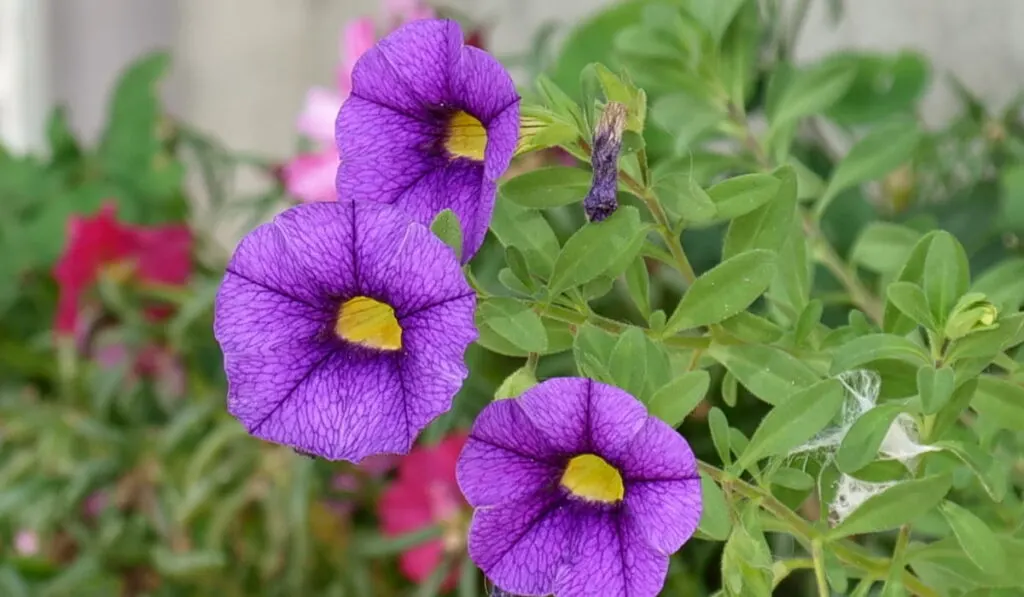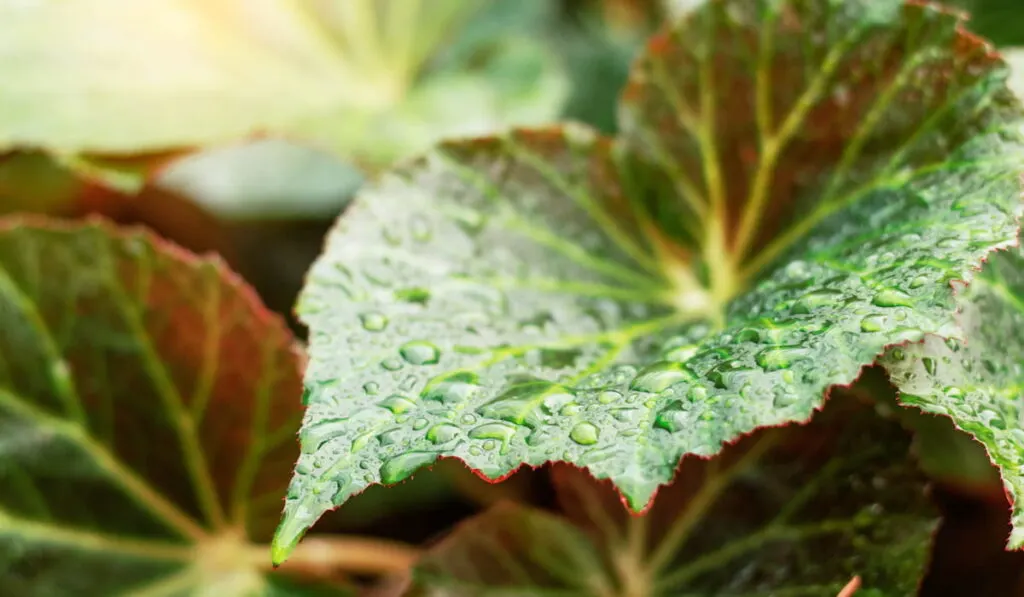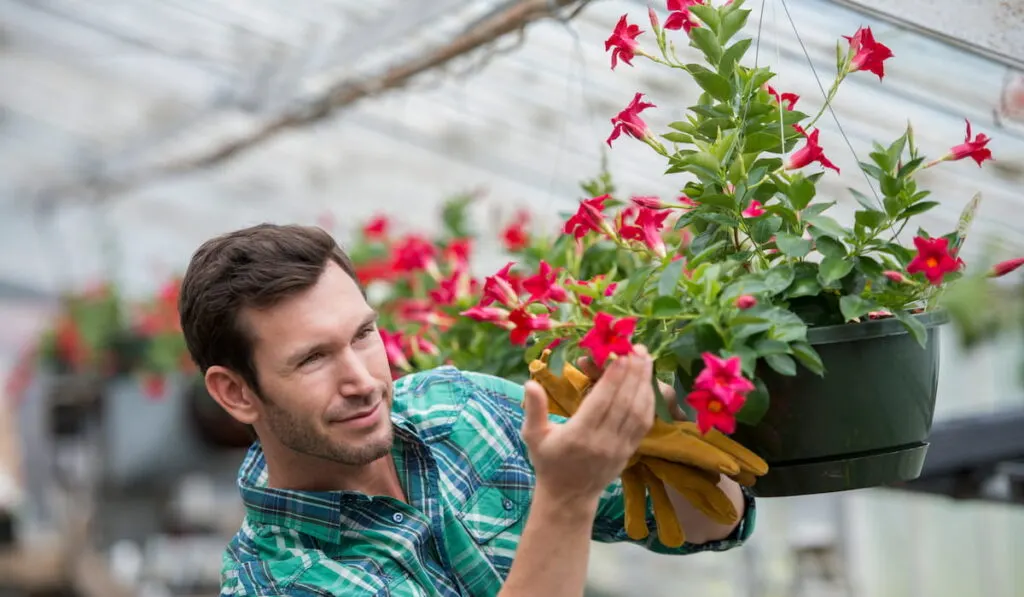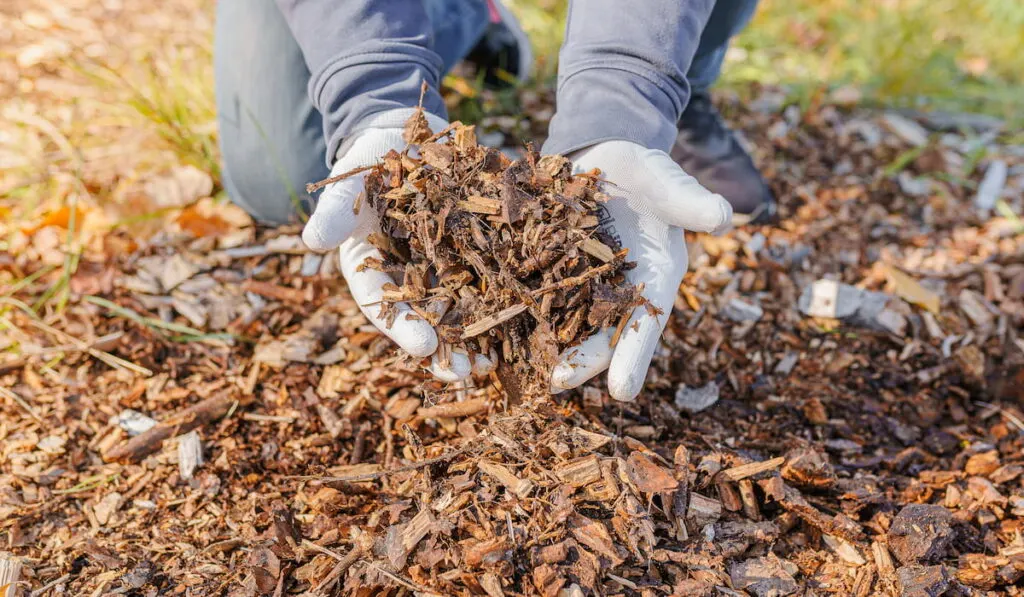For any avid gardeners and hanging basket lovers, these suspended plant containers are a must-have item in their garden or indoor spaces. They are also one of the best methods for people that live in small apartments with little space to spare.
There are many types of plants that you can cultivate inside these portable baskets. But most of them are decorative and ornamental species.
You can find three types of hanging baskets on the market, those made from wire, wood, and plastic. They are sold for around $50 and can go up to $75 per unit. Alternatively, some will prefer to create their own DIY baskets to save money.
Hanging baskets are fixed spaces for plants to grow in and managing them can be a challenge. New gardeners may run into trouble keeping their hanging baskets blooming and adequately watered as the season progresses, and end up with wilted, dying plants sooner than they’d like.
Why are your hanging baskets dying? How do you keep them as beautiful as the day you got them? We’ll do our best to answer these questions in the rest of this article.
Table of Contents
Reasons Your Hanging Baskets are Dying
Lack of proper maintenance and upkeep
Although plants aren’t mobile organisms, they still need attention and care for healthy growth. This includes all their basic living requirements to any special maintenance that you must give, especially when cultivating unique species.
The lack of proper maintenance can lead to a much bigger problem down the road. In most cases, plants die when beginner gardeners fail to detect issues with their plants before it’s too late.

Not receiving an optimum amount of water and sunlight
Growing your hanging basket plants at home might be easy. But it certainly isn’t a “set-and-forget” thing.
Most plants can thrive when the pH level of the soil fluctuates frequently. They can also adapt to different aeration inside the basket. However, when they lack water and sunlight, these two things alone could inhibit their growth.
Conversely, when you overwater your plants and expose them too long under full sun, they can also die. For instance, some plants that hail from cooler climates prefer to bask in a shade or partial sun. Each species is unique.
Your hanging baskets don’t receive all the nutrition they need
Aside from all the essentials, your plants require fertilizers to produce more flowers and bloom heavily. The best kind of fertilizer is manure or anything organic that isn’t chemically produced.
As a general rule of thumb, a good fertilizer should consist of a 1:2:1 ratio of nitrogen, phosphorus, and potassium. You can also use all-purpose liquid fertilizer such as compost tea to make your fertilizing routine quicker and easier.

Uncontrolled pest infestation
Most plants grown in hanging baskets are colorful and fast-growing. This makes them targets for a myriad of plant pests such as snails, slugs, mealy bugs, spider mites, and aphids. In some situations, you might need to apply insecticide to get rid of all these pests.
If you don’t deal with this problem sooner rather than later, damage will result to the plants. This may lessen as the pests complete their life cycles and move on (such as caterpillars) or if natural predators swoop in to help out.
Some pests are also able to transmit pathogens from one plant to another, causing a lot more damage to your baskets and surrounding gardens. As always, prevention is better than a cure. Buying resistant varieties of your favorite plants is one way to use prevention first.
There are numerous organic insecticide products available that can help you reduce pest populations to less harmful numbers. Just make sure you have correctly identified both the plant you will use the product on and the pest you are controlling before purchasing. If you are in doubt about either, ask a nursery or garden center specialist for their advice.
Overgrown roots
Believe it or not, overgrown roots are one of the biggest causes of death in hanging basket plants. This is because roots are the last thing that we think to inspect and they are certainly hard to see. Plants with overgrown roots will have a hard time absorbing nutrients and water from the soil.
In the long-term, because of the fixed amount of space, hanging plants will start to look sickly because they have outgrown their baskets without some remedial help.

Seasonal and weather changes
Most hanging basket flowers will die as the weather gets colder. This is part of their natural cycle and you shouldn’t be alarmed. Let nature run its course. Every plant species has its own cycle and blooming season. You can look forward to trying new plants at the start of the next growing season!
If the nights are still too cold for your chosen plants in the early spring, you may have to cover them or take them into a shed or covered space when the temperatures dip.
Conversely, plants that cannot tolerate high heat and dryness will perish or go into dormancy until the weather returns to conditions they can handle. In this case, you can place them in the shade for a time, water them more frequently, or allow them their rest and look forward to them reviving when the cooler temperatures return. Pansies are a great example of a heat-dormant plant.

How to Keep Your Hanging Baskets Beautiful
Healthy and beautiful hanging baskets are a sight to see, especially when they come from your own hard work. In fact, active pollinators such as bees and butterflies are more attracted to heavily blooming plants with bright flowers and healthy foliage.
Let’s take a closer look at how to keep your hanging baskets beautiful and fresh throughout their whole life-span:
Water your plant regularly
It goes without saying that your plants can live for a few days with little to no sunlight. But they can’t survive without water.
As a matter of fact, hanging plants need more water than ground plants. This is because of their position that is exposed to the wind blowing directly at their roots and leaves.
Test the moisture content by trying to lift the basket from below. If it feels light, then the soil is already dried and the plant should be watered.
Roots in mature plants are also bigger than in younger ones. Hence, they take up more space inside the basket, leaving less room for the soil to retain water.
Place your hanging baskets at the right spot
Providing your plant with an ample amount of sunlight is important for its growth. Research any plant that you want to grow.
Some species that are native to tropical and warmer climates prefer to bask under full sun. Meanwhile, the ones that hail from colder regions can tolerate partial sun or may prefer to be under the shade. The colder species can tolerate frost better than the ones that grow in tropical climates.
You should also monitor how much sunlight the location is exposed to. Some places have hotter afternoons and evenings compared to other places in the house or yard.
Prune your hanging baskets regularly
Pruning or deadheading blooming plants is important to keep them beautiful and fresh. By trimming off older flowers when they are about to fade, you can make more room for new flowers to grow.
In fact, the plant will also redirect all its nutrients into producing new flowers when the older ones are trimmed off. It is also important to trim any parts of the plants that are infected with diseases or parasitic infestation.
Don’t forget to fertilize your hanging baskets
Whenever you water your plants frequently, the nutrients in the soil will be washed away quickly. So, it is crucial to provide the plant with additional nutrients that aid in growth. You can use time-release fertilizer or liquid fertilizer. But whichever you choose, apply the fertilizer when the soil is still moist.
There is no point in feeding a wilted plant with extra nutrients because they may be past the point of being able to regrow. The bigger the size of the plants and their flowers, the more nutrients they need.
Choose baskets with good drainage holes

This tip is applicable when you’re about to plant new seeds or transplant larger-size plants inside new baskets. Hanging baskets with poor drainage holes can retain too much water in the soil causing the roots to drown.
On the other hand, you can also have good baskets with proper drainage but the size of the plant is too big to grow prosperously inside of it. So, choosing the best size of containers or baskets is also important to ensure that your plants can grow without restrictions.
Soak your plants whenever the hot season comes
Although baskets with drainage holes can ensure that the plants aren’t being drowned by the water, they can also promote the loss of water from the soil more quickly. This is true especially when summer comes and the soil loses more water to evaporation than it should. Your plants also need more water to carry out their natural processes during those hot days.
If you notice the soil is still dry right after watering, then soak the basket in a tub of water for about an hour or so. This can rehydrate the roots and keep the whole basket, including the soil wet. You can also use plastic liners inside the container to retain moisture.
Rotate your hanging baskets every few months

Whenever you place your hanging baskets indoors or on your front porch, you could face a lighting problem where some structures or trees are blocking certain parts of your house. As a result, some parts of your plants aren’t receiving the right amount of sunlight that they need.
If you notice some plants are doing better than others and there are signs of faded leaves or unhealthy blooms, it is time for you to rotate their location. This will ensure that every part of your plant is exposed to sunlight.
Experiment with different types of liners
Depending on the liners, some can retain a good amount of water while others might not do the job well. There are four common liners that you can use for hanging baskets: sphagnum moss, supamoss, burlap liners, and cocoa liners.
Due to its thick and luscious texture, sphagnum moss is the best option to line your hanging baskets. They can retain more water than other liners. Meanwhile, supamoss isn’t as thick as sphagnum moss but it has holes built for proper drainage.
Finally, cocoa liners and burlap liners are some of the cheaper options and they are usually used as pre-molded structures in the early stage of setting up hanging baskets.
Add trailing and mounding plants into your hanging baskets

To create the effect of heavy bloom and fullness, you can incorporate a few plants with trailing habits around the main plants. These include moss verbenas, petunias, lobelias, fuchsias, geraniums, million bells, and many more. All of these plants will droop around the edge of the baskets without disturbing any space in the middle of the container.
Depending on the size of the baskets, you might need a few varieties of trailing plants to create a “blooming ball” appearance that can make your baskets look fuller and denser. If possible, grow varieties that don’t require any regular trimming.
Use high-quality potting soil
Filling your hanging baskets with clean and pathogen-free soil is important in ensuring that your plants can grow healthy and strong.
Good potting soil should contain a mix of different beneficial organic materials such as composted manure, leaf mold, vermicast (earthworm castings), humus, and some inorganic materials that could aid in better aeration and drainage.
Apply mulch on top of the soil

To slow down the evaporation process that makes the soil lose water more slowly, you can use mulches to retain the moisture at an optimum level.
There are many types of mulches such as compost, stone mulches (rocks, gravels, and pebbles), decaying plant matter, grass clippings, cardboard, pine needles, sawdust, and paper. Mulch can also help in increasing soil fertility and reducing the growth of weeds.
Final Thoughts
Growing your plants in hanging baskets is similar to cultivating plants in the ground or garden beds. As long as they receive all the basic necessities that every plant needs, they can thrive and provide colorful displays for an entire season.
To make it easy, schedule a weekly routine to maintain your hanging baskets. Once you’ve seen all the flowers bloom, this reward alone will make you look at the weekly routine as a form of self-therapy and not a chore!
Citations
- https://homeguides.sfgate.com/keep-hanging-flower-baskets-looking-fresh-21914.html
- https://www.cleanandscentsible.com/how-to-care-for-hanging-baskets-and-planters/
- https://gardentherapy.ca/hanging-baskets/
- https://www.tagawagardens.com/blog/eight-great-tips-for-healthy-hanging-baskets/
- https://www.hortmag.com/weekly-tips/hangingbasketcare
- https://www.whiteoakgardens.com/keep-hanging-baskets-beautiful-blooming/
- https://gardeningelsa.com/why-are-my-hanging-basket-flowers-dying/
- https://oldworldgardenfarms.com/2020/05/28/struggling-hanging-baskets/
- https://thisismygarden.com/2020/06/keep-hanging-baskets-blooming
- https://www.thespruce.com/keep-coir-hanging-baskets-from-drying-847790
